Tourists visit the Lam Kinh National Special Historical Site.
Amidst the expansive landscape, bathed in sunlight and shaded by lush greenery, the Lam Kinh National Special Historical Site appears as beautiful as a traditional ink painting. Thirteen years after being recognized as a national special historical site, Lam Kinh has not only been revitalized in appearance, boasting some of the most distinctive architectural works in Thanh Hoa province, but the site's management board has also continuously developed diverse new tourism products to attract visitors to explore and discover.
Therefore, when visiting Lam Kinh, tourists not only get to explore architectural structures such as the ceremonial gate, the dragon courtyard, the main palace, and the royal temples; visit the resting places of the kings, empresses, and queens of the Early Le Dynasty, but also discover fascinating "mysterious" stories and experience attractive green tourism products at Lam Kinh.
First, through the captivating stories of the tour guides, visitors will discover the tale of the "sacrificing lim tree." This ancient lim tree, believed to be about 600 years old, unexpectedly shed its leaves and died at the time the Lam Kinh main palace restoration project was approved. Therefore, many believe the lim tree "sacrificed itself" to aid in the restoration of the main palace, especially by using its trunk for other construction elements. Next, visitors will hear the mysterious story of the "laughing guava tree." This special guava tree is located to the right of the tomb of King Le Thai To, its wide canopy curving like a dragon, emitting a captivating fragrance when the fruit ripens. What's special about this guava tree is that when visitors gently touch its trunk, the leaves rustle as if laughing. When visitors hold onto a guava tree branch and close their eyes to meditate, they will feel a sense of relief and relaxation, as if a flow of energy is being transmitted through the tree into their bodies... It is these mysterious things that stimulate curiosity and create the attraction for tourists to Lam Kinh.
In addition, the area boasts over 100 hectares of natural forest and approximately 300-400 plant species, including up to 80 species of valuable timber such as ironwood, teak, and mahogany, as well as many precious medicinal plants. Over time, the management board of the historical site has actively developed Lam Kinh into an attractive green destination for tourists. Simultaneously, they aim to develop attractions within Lam Kinh in conjunction with nearby historical sites to enhance the site's appeal. Most notably, several tours have been developed, such as: Ancient Palace and Citadel; Lam Kinh - Land of Spiritual Origins; Lam Kinh - Sacred Heritage Site...
Ho Citadel, located in Tay Do commune, was once considered the capital and cultural, political , and social center of Dai Ngu Kingdom under the Ho Dynasty. Having survived over 600 years and numerous historical events, the citadel retains its original value and was recognized as a World Heritage Site by UNESCO in 2011. Since its recognition, the Ho Citadel Heritage Conservation Center has developed many attractive tourism products for visitors, such as the "Outdoor Artifacts" exhibition and the "Agricultural Culture Space of Tay Do Region," aiming to showcase and introduce visitors to stone artifacts excavated within the citadel area, especially stone foundations and palace decorative materials; traditional farming tools, etc. Notably, the center has also incorporated relics in the buffer zone into its tour program at the Ho Citadel heritage site by developing four tour routes: Ho Citadel - to the heritage region; Ho Citadel - traditional villages; Ho Citadel - the spiritual buffer zone; Ho Dynasty Citadel - a historical site and scenic spot in the buffer zone.
Thanh Hoa province is proud to have many historical sites recognized as World Cultural Heritage sites and special national monuments, such as: Ho Dynasty Citadel, Lam Kinh Special National Monument Area, Ba Trieu Temple Historical and Architectural Art Site, Con Moong Cave and adjacent sites, Sam Son Historical and Scenic Area, Le Hoan Temple... To further enhance the value of these recognized sites and make them attractive destinations, the province's Department of Culture, Sports and Tourism has focused on investing in, restoring, and diversifying cultural tourism products, connecting them with tours and routes within and outside the province to provide more experiences for visitors. In addition, many sites have prioritized building a team of professional tour guides to meet the needs of tourists... This contributes to promoting and spreading the cultural and historical values of Thanh Hoa to a wider audience of friends and visitors.
Text and photos: Nguyen Dat
Source: https://baothanhhoa.vn/tao-san-pham-du-lich-khac-biet-254100.htm








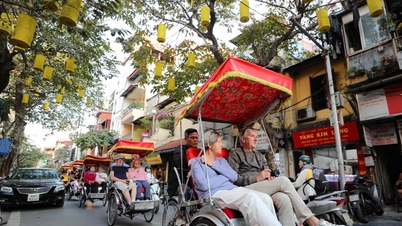



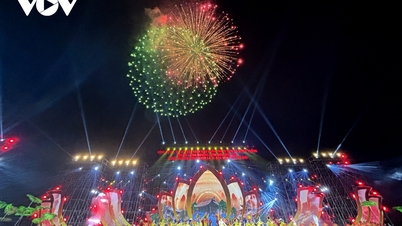

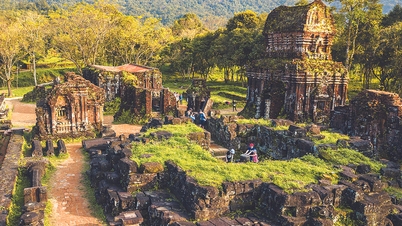

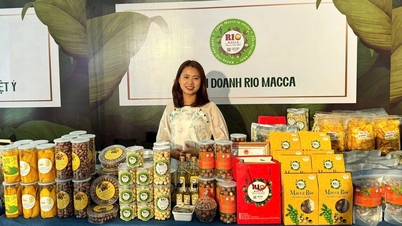

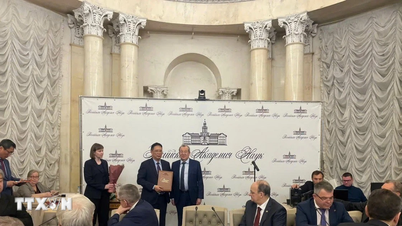




















![[Photo] Prime Minister Pham Minh Chinh holds a phone call with the CEO of Russia's Rosatom Corporation.](/_next/image?url=https%3A%2F%2Fvphoto.vietnam.vn%2Fthumb%2F1200x675%2Fvietnam%2Fresource%2FIMAGE%2F2025%2F12%2F11%2F1765464552365_dsc-5295-jpg.webp&w=3840&q=75)
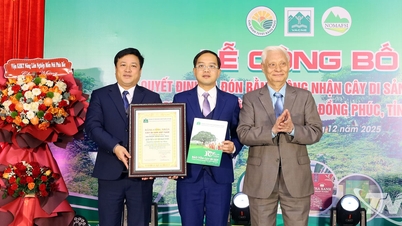



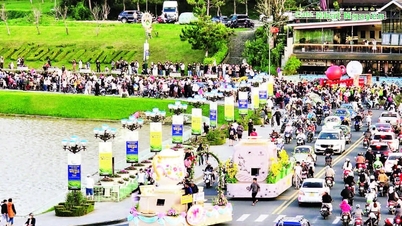
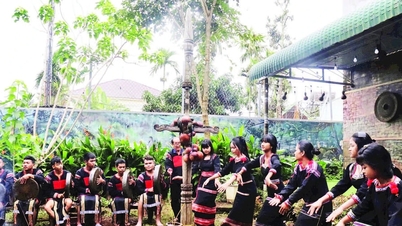
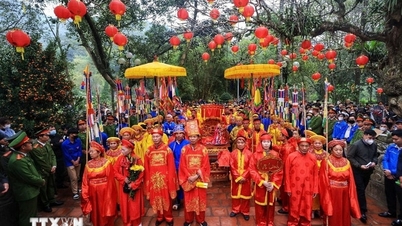




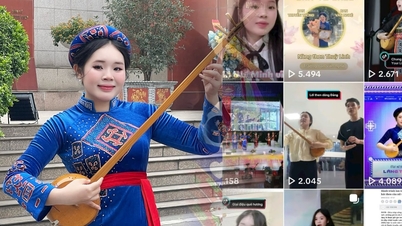


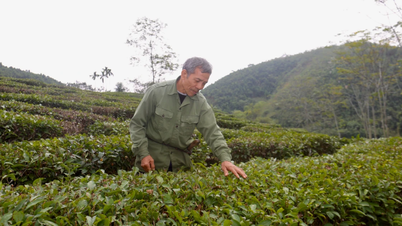






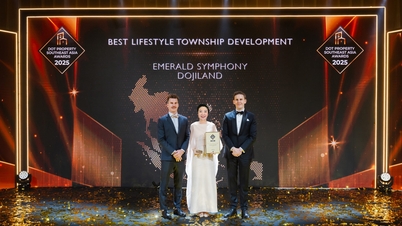


















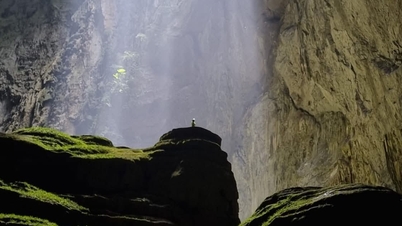



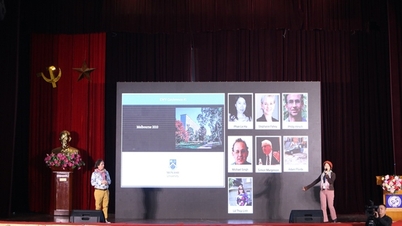
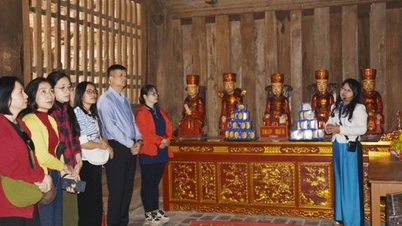






















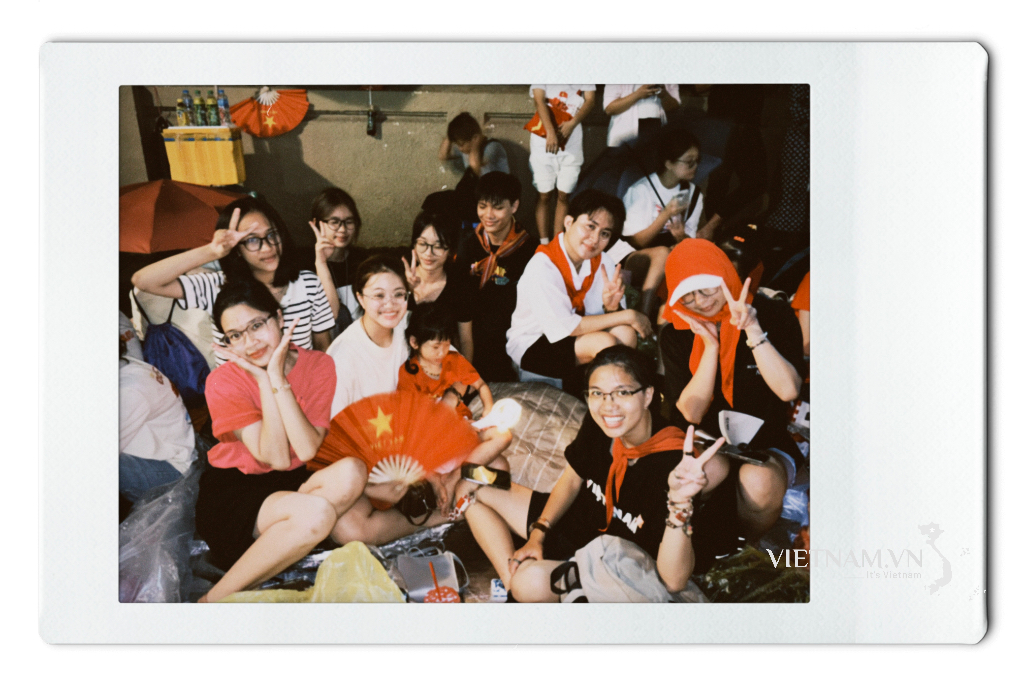
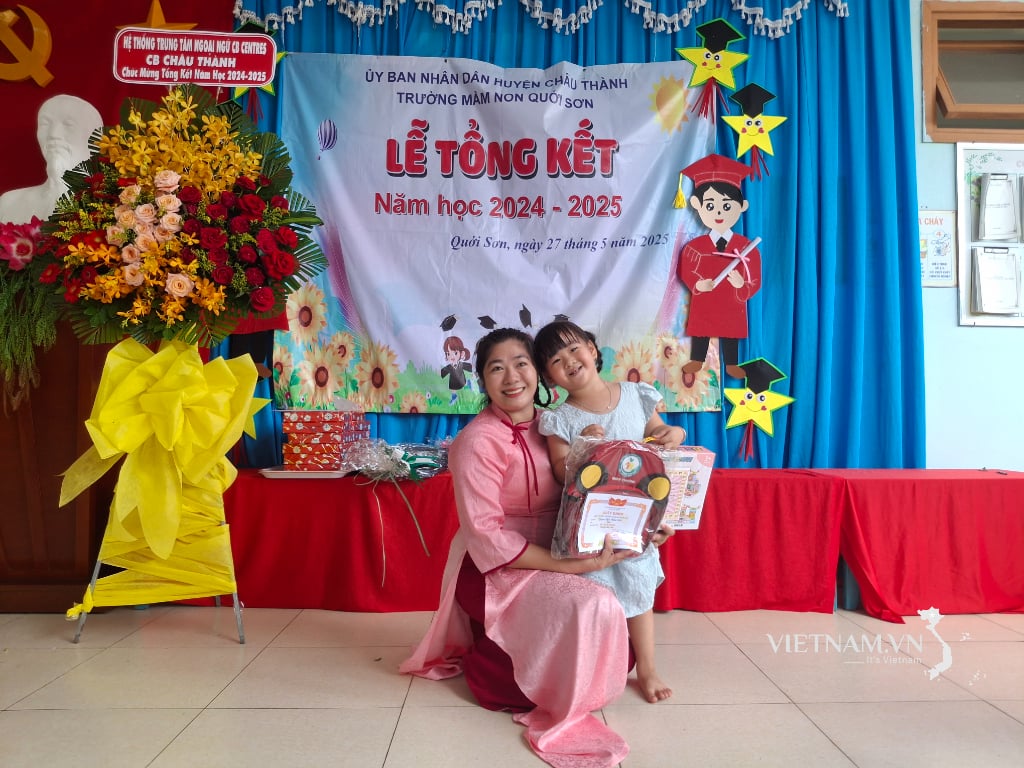

Comment (0)